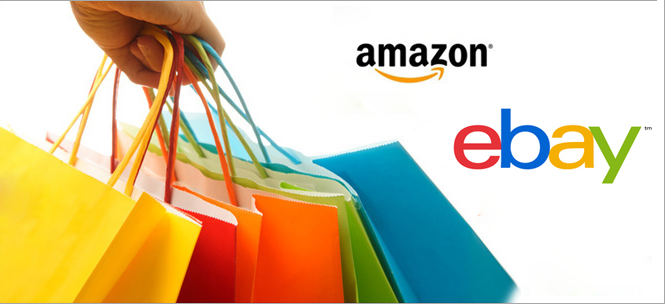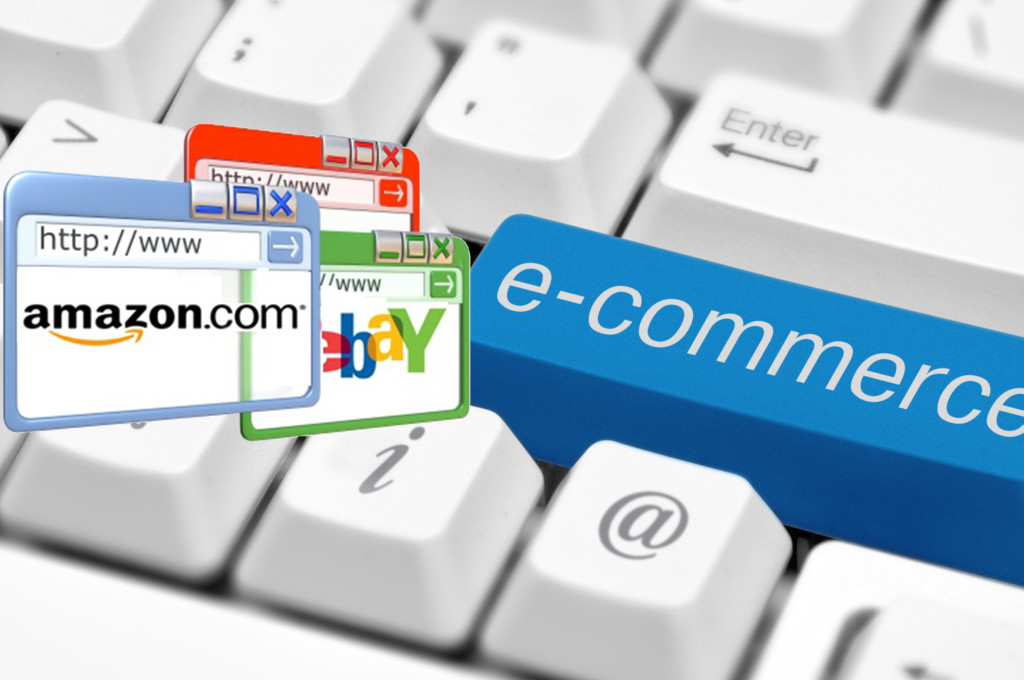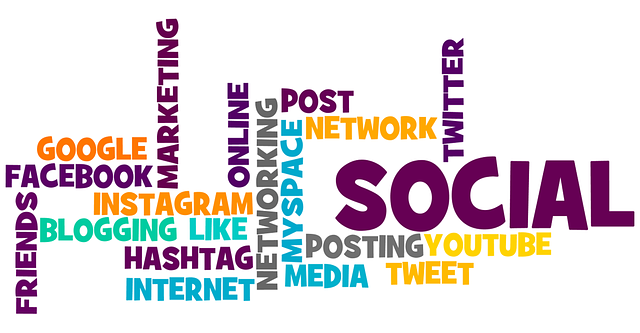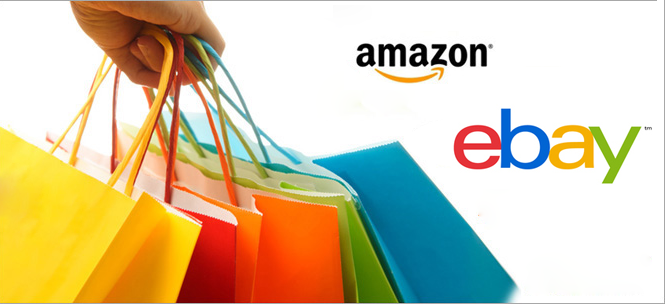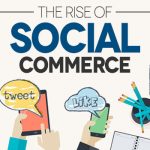Ecommerce is big business. Whether it’s a brand’s own website, a third party seller or an app, people are doing online sales and purchases more than ever. In Europe, between 2012 and 2016, ecommerce sales grew from 108.7 billion euros to 216.3 billion euros, with 2017 online sales expected to top 250 billion.
Most ecommerce businesses have certain strategies in common when it comes to marketing their brand and driving online sales. From providing quality content to mastering brand internationalization to employing social media, price comparison sites, SEO and adwords, joining ecommerce giants and figuring out transport and logistics, there are a lot of areas to focus on.
Let’s get started:
Be Content Kings
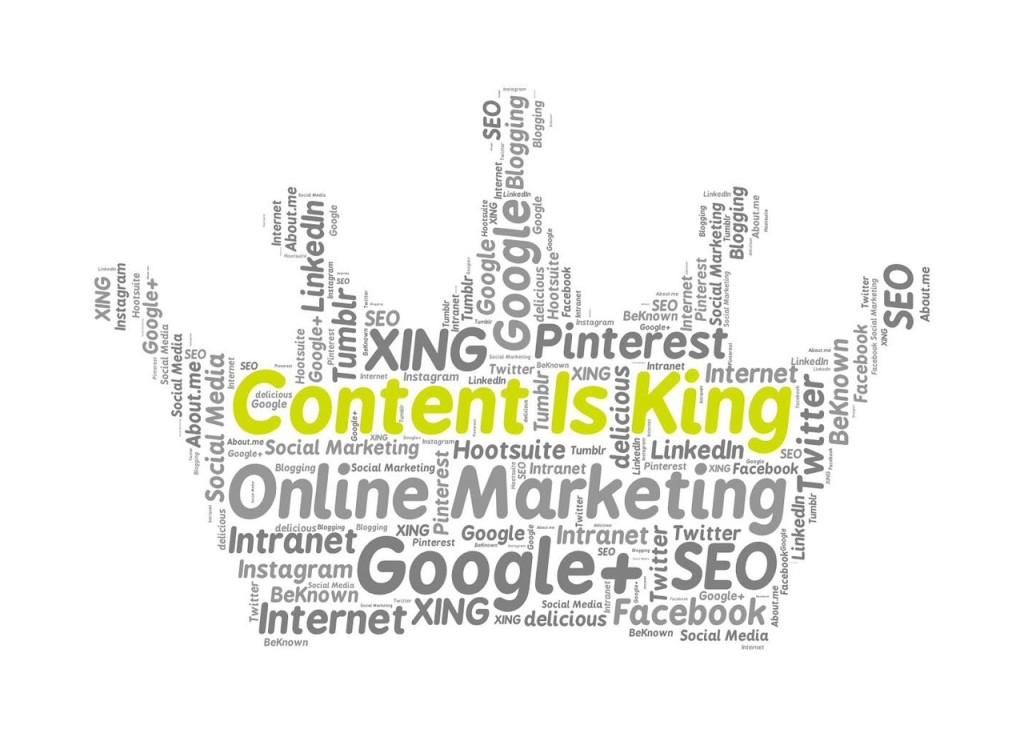
There’s no replacement for good content. You can perform all the pomp and circumstance you want to bring people to your website or blog, but in the end, if you don’t have something worthwhile to show them, they’ll start clicking elsewhere. So, what is good content?
- Original – Unique ideas either written by or citing information from experts in the field. Reposting or copying someone else’s ideas can damage your brand’s reputation and reduce your Google ranking so be careful
- Brings value to the reader – Who are you writing this post for? What are their main questions or problems? How can you best help them/teach them?
- Easy to follow – The web is full of information, so posts that offer clear information that’s easy to skim are winners. Use simple language, sub-headings, numbers or bullet points to guide the reader
Approaching Brand Internationalization

Marketing internationally presents its own set of challenges. Here are some issues to focus on:
- Universal value – There will be some aspects of your brand that carry over internationally. For example, people all over the world know McDonald’s for being fast and cheap food. What is the core message of your brand? That will be the universal hook
- Relevance – As you reach out to foreign markets, consider the values, customs and habits that may influence consumer preferences there. Using McDonald’s again, they serve macaroons in France, pasta in Italy and flatbread sandwiches in the Middle East. What do you need to adjust in your product or approach that will make it marketable elsewhere?
- Language/currency – Make sure you engage international consumers by offering your site in different languages and your pricing in different currencies
Social Media & Price Comparison Sites – Too Big to Ignore
- Social media – Facebook, Twitter, Instagram and other social media sites are no longer optional for businesses. Today, 90% of US businesses use social media and over half of them say social media has helped them increase online sales. And if that doesn’t convince you, then you should know that social media trumps search engines for driving referral traffic to websites. What does that mean? It means that more often than not, social media is your customer’s first step to finding you.
- Price comparison sites – A 2015 study revealed that 56% of consumers in the US consult price comparison websites to find the best deal. The millennial generation (ages 18-34) are most likely to use price comparison websites (74% of millennial consumers). Companies who list their products on these sites can increase brand exposure and open themselves up to new markets.
SEO & Adwords – Use them or lose traffic
These are two similar concepts with different approaches. They both have to do with Google and keyword search algorithms. Here’s what they mean and how to use them:
- SEO – Stands for Search Engine Optimization and is a more organic approach to improving your Google ranking. It incorporates good, relevant content and strategic keyword placement and repetition to bring the right people to your website.
- Google Adwords is a paid service that advertises your business when people type in certain keywords in a Google search
Both are targeted marketing strategies whose purpose is to marry consumers looking for a specific product to the brands who are offering them.
eBay and Amazon – Ecommerce giants
The low cost and convenience of ecommerce drives billions of dollars in sales every year and e-bay and Amazon sit at the center of this virtual universe. Some analysts speculate that they (with the addition of Alibaba) will account for 40% of all ecommerce by 2020. Listing with them means you’ll be joining a thriving online economy while you increase your sales. Amazon and Ebay guarantee sales every day.
Logistics and transport- Identifying your priorities
Every business has to work out the nuts and bolts of their logistics strategies. A good place to start is with your company mission:
- Do you want to be the cheapest? Then you’ll want to get your goods delivered at the most economical cost to the company.
- Deliver goods faster than anyone else? Then you’ll need to pay for a quicker turnaround.
- Achieve 100% correct delivery every time? Then you’ll have to take the time to ensure perfect orders.
There are many approaches, but the company motto can help guide your procedurals.
Tracy Blanchard
Latest posts by Tracy Blanchard (see all)
- Top 10 Creative Marketing Viral Videos - June 21, 2017
- 10 Wonderful Examples of Creative Landpages - June 2, 2017
- 10 Wonderful Examples of Stickers in Marketing - May 24, 2017

 English
English Português
Português Español
Español Italiano
Italiano